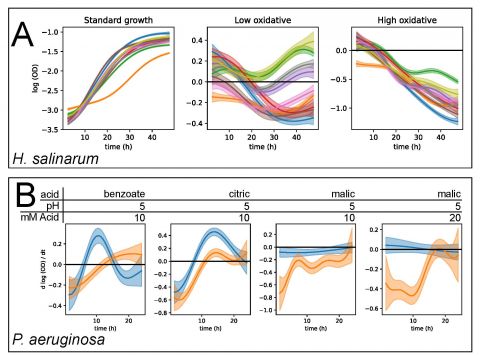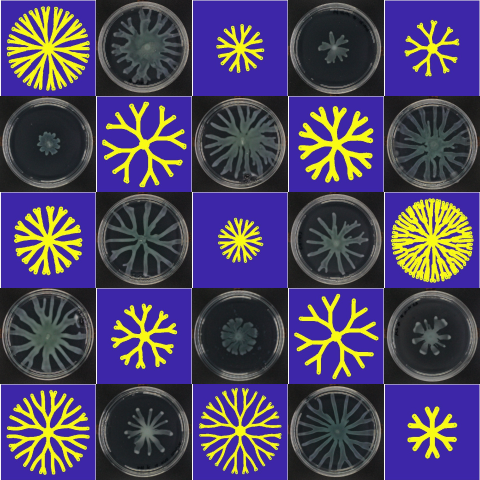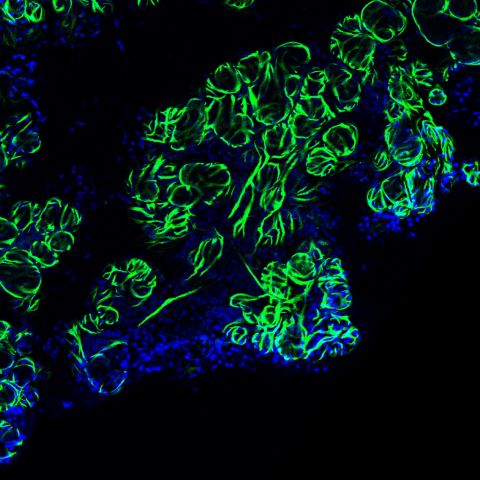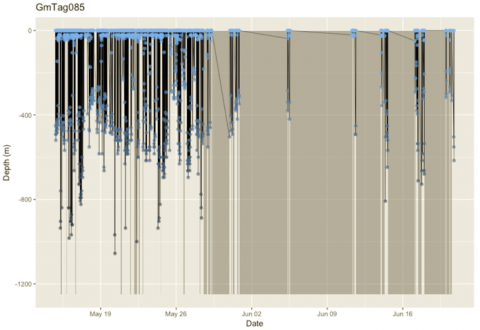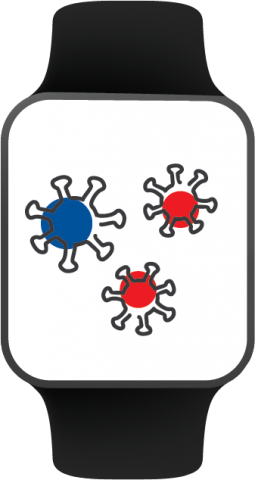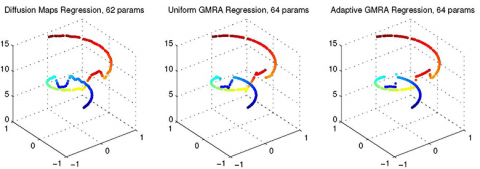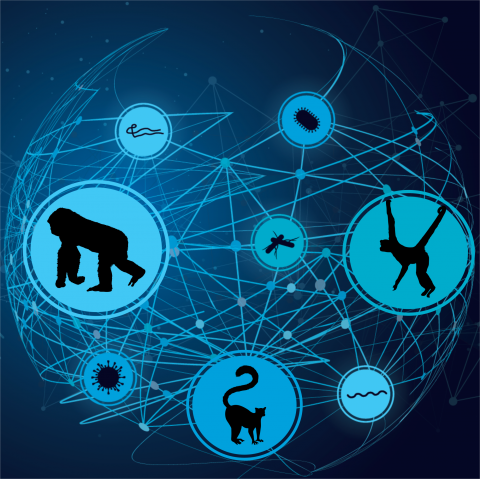Genomics and the Life Sciences Projects
The goal of this Data+ project is to apply and extend custom analytics solutions to understand and predict microbial population growth.An explosion of data has resulted from tracking the growth of bacteria in high throughput devices. These data were generated to understand how microbes grow. Better models that fit and...
A team of students led by Biomedical Engineering professor Lingchong You will predict pattern formation of bacterial colonies by integrating experimental results with both mechanistic modeling and machine learning methods. Bacterial colonies have the capability to self-organize into beautiful and intricate patterns. Students will contribute to a method for controlling...
Bob Ziyang Ding (Math/Stats) and Daniel Chaofan Tao (ECE) spent ten weeks understanding how deep learning techniques can shed light on single cell analysis. Working with a large set of single-cell sequencing data, the team built an autoencoder pipeline and a device that will allow biologists to interactively visualize their own data. Click here...
Marine mammals exhibit extreme physiological and behavioral adaptions that allow them to dive hundreds to thousands of meters underwater despite their need to breathe air at the surface. Through the development of new remote monitoring technologies, we are just beginning to understand the mechanisms by which they are able to...
The aim of this Data Expedition was for students to learn hands-on data visualization techniques using a variety of data types. Students first discussed how data visualization is useful, and tips to make graphs both visually appealing and easy to understand. Graduate Students: Jenn Coughlan, Ryan Campbell Course: Biology 490s – Methods...
Sean Fiscus (Math/Econ/EnvEng), Alyssa Shi (Stats), Yamil Lopez-Ruiz (BME/CS), Emmanuel Mokel (Stats/Math) spent ten weeks working with data from CovIdentify, a study that focuses on using wearables to predict and diagnose COVID-19 and the Flu. The team improved the memory efficiency of analytic pipelines, and added capacity to ingest different...
Stats majors Alexandra Lawrence and Morgan Pruchniewski spent ten weeks exploring a dataset comprising 619 variables, including chemical and biological measurements, sourced from the Pivers Island Coastal Observatory (PICO). Using modern time-series analysis techniques, the team delivered key insights to PICO scientific staff, as well as advice for future data...
Kelsey Sumner, EvAnth and Global Health major and Christopher Hong, CompSci/ECE major, spent ten weeks analyzing high-dimensional microRNA data taken from patients with viral and/or bacterial conditions. They worked closely with the medical faculty and practitioners who generated the data. Project Results The team used statistics and machine learning to distinguish between viral...
We present a framework for high-dimensional regression using the GMRA data structure. In analogy to a classical wavelet decomposition of function spaces, a GMRA is a tree-based decomposition of a data set into local linear projections. Moreover, for new points, GMRA admits a fast algorithm for computing the projection coefficients on the already-learned dictionary....
A new model is developed for joint analysis of ordered, categorical, real and count data. In the motivating application, the ordered and categorical data are answers to questionnaires, the (word) count data correspond to the text questions from the questionnaires, and the real data correspond to fMRI responses for each...
Exposure to local pathogens is a significant selective pressure on the human genome: the strongest selective forces identified in modern human populations are for mutations that confer increased resistance to malaria infection. Understanding how human genetic variation impacts susceptibility to pathogens can reveal important aspects of disease biology and reveal...
The Disease Emergence and Richness in Primates team uses existing databases to quantify parasite richness across primates and to identify ecological predictors of parasitism. By integrating phylogenetic generalized least squares regression and network based approaches, the team ultimately aims to predict missing interactions between primates and parasites, which, combined with...
Showing all 12 results
